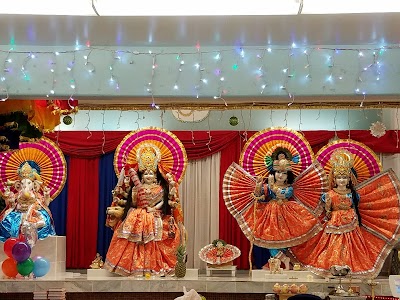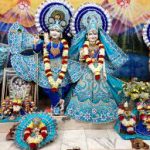
Today Open now UTC+5.5
09:00 AM - 07:30 PM
-
Monday
09:00 AM - 12:00 PM 05:00 PM - 08:00 PM
-
Tuesday
09:00 AM - 12:00 PM 05:00 PM - 08:00 PM
-
Wednesday
09:00 AM - 12:00 PM 05:00 PM - 08:00 PM
-
Thursday
09:00 AM - 12:00 PM 05:00 PM - 08:00 PM
-
Friday
09:00 AM - 08:00 PM
-
Saturday
09:00 AM - 07:30 PM
-
Sunday
09:00 AM - 08:00 PM

